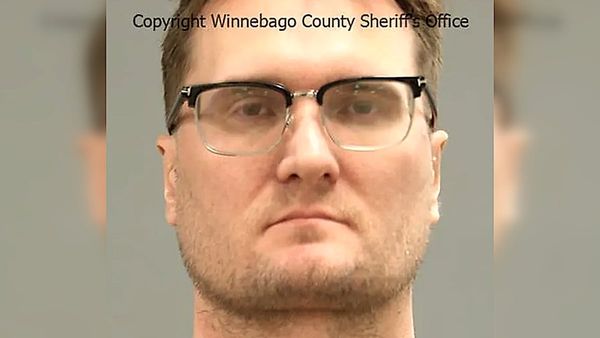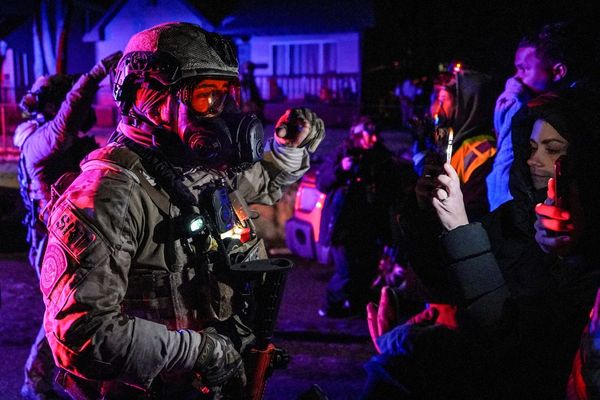
The death of Queen Elizabeth II means horse racing has lost one of the most devoted and enthusiastic royal supporters of the sport in four centuries of association between the monarchy and the turf.
Charles II turned Newmarket into the home of British flat racing in the 17th century, Queen Anne founded Ascot in 1711 and Edward VII owned Minoru, the Derby winner in 1909. No king or queen, though, has ever had a passion for racing and breeding thoroughbreds to stand any comparison to the lifelong dedication of Elizabeth II.
Horses and riding were an important part of her life from an early age, after the gift of Peggy, a Shetland pony, on her fourth birthday from her grandfather George V. She was riding Peggy soon afterwards and was regularly seen on horseback around the grounds of Windsor Castle. By the time she inherited the racing and breeding stock of her late father, George VI, in 1952, she was a highly competent rider.

The Queen also inherited the late king’s racing colours – the same scarlet and purple with gold braid and black cap that had been carried by Minoru – and which would be carried by many hundreds of thoroughbreds throughout the course of her long reign.
In 1953, the flashy chestnut Aureole, who was bred by George VI, finished fifth in the 2,000 Guineas and then, four days after her coronation, a four-length second in the Derby. Choirboy, in the Royal Hunt Cup, was her first winner at the royal meeting at Ascot a fortnight later.
The Derby remained the only classic to elude her, though in 2011 Carlton House was less than a length behind the winner. The four remaining British classics, though – the 1,000 Guineas, 2,000 Guineas, the Oaks and the St Leger – were all won by the royal colours, while Estimate’s victory in the Gold Cup at Royal Ascot in 2013, the Queen’s first winner in the meeting’s showpiece event, was another pinnacle.
In all, there were 23 winners in the Queen’s colours at a meeting where, until the coronavirus forced racing behind closed doors, she did not miss a single day during her time on the throne.
“Better get your skates on,” the Labour stalwart Dennis Skinner told Black Rod when the second day at Ascot clashed with the state opening of parliament in 2017. “First race is half past two.”

While some of the Queen’s racehorses, including Carlton House, were gifts, the majority were bred by their owner, after painstaking analysis of pedigrees and careful consideration of the possible outcome of sending one of her mares to a particular stallion. The mares would then give birth at the royal stud at Sandringham before being sent as yearlings to the Queen’s private stud in Hampshire, where they would be prepared to go into training.
Royal Ascot was said to be the first official engagement added to her diary each year, closely followed in most years by the Derby at Epsom. A copy of the Racing Post with breakfast every morning was said to be an essential part of her daily routine too, and a discreet trip to Newbury races if she happened to have a runner was another regular treat. A security guard posted outside the door of the royal box was generally the only indication that the monarch was in attendance.

But the Queen’s significance to the sport of racing went far beyond her role as an old-fashioned owner-breeder. Over many decades of immense social, economic and cultural change, and as the regular associations between an increasingly urbanised population and horses dwindled to almost nothing, her passion for horse racing remained a fact of British life. It kept racing relevant, upheld the popularity of the Derby and Royal Ascot, and maintained a place for racing in the public consciousness.
It may be no coincidence that while attendance at top-class racing in France, for instance, has dwindled rapidly over the last 50 years, racing in Britain remains the second-most popular spectator sport, with nearly 6 million racegoers last year.
The Queen’s involvement has had the immense benefit of drawing new owners to the sport, too. Flat racing depends on a steady trickle of multimillionaires and billionaires willing to invest huge sums into bloodstock, with next to no hope of making a long-term profit regardless of how many races they win. As the nature of racehorse ownership changed from the start of the 1980s, the chance to meet and be pictured with the Queen at a meeting like Royal Ascot, and perhaps even share a carriage in the royal procession, was a huge attraction for the new breed of owners with vast sovereign wealth, even if Britain’s prize money, poor by relative international standards, was not.

If the benefits of the Queen’s near 70-year involvement with racing have been incalculable for the sport, so too will be the sense of loss after the death of its greatest ambassador. While her bloodstock empire was, by modern standards, relatively modest, with about two dozen horses in training each year in recent seasons, the royal colours have been a constant thread for many decades. Few major meetings have passed without a royal runner, even if it is in a handicap rather than the feature event.
In a life of service, there was little time for hobbies or need for pastimes. What there was, the Queen invested in her horses, and no monarch seems likely to do the same again. Prince Charles and the Duchess of Cornwall have had a handful of runners on British tracks in recent seasons and the new king was also an amateur jockey in his youth, but though he will inherit the royal colours like his mother before him, the breeding, nurturing and then racing of 25 or more horses each year seems most unlikely to continue.
Where Royal Ascot was a highlight of the year for the late Queen, her successor seems more likely to attend out of a sense of duty rather than excitement and anticipation. William, now heir to the throne, has shown no interest at all in either racing or breeding. The likelihood for the sport of kings is that the greatest of all royal supporters of the turf was also, in most significant respects, the last.







